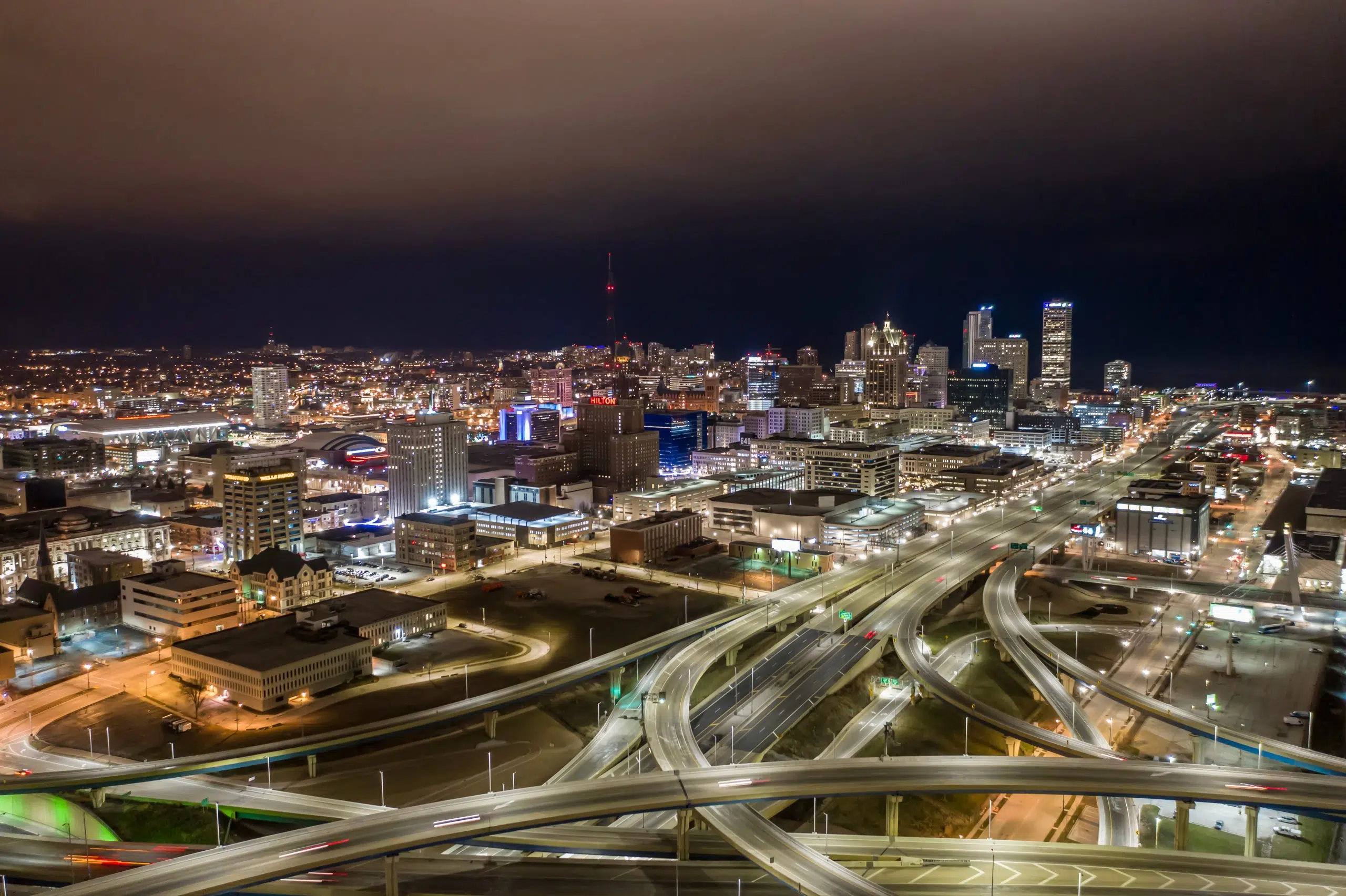
Milwaukee is tied to a wave of freeway removals in the United States designed to reverse-engineer an era of car-centric urban planning. Supporters hope federal support will propel the momentum.
The Inflation Reduction Act includes $3 billion for not only improving roads, but also removing, replacing or retrofitting highways and freeways to improve connectivity in communities awarded grants. There’s hope Milwaukee will see more of that work, much like the teardown of the city’s Park East freeway.
Gregg May, transportation policy director with the group 1000 Friends of Wisconsin, said the 20-year-old project proved a lot of doubters wrong.
“There was a lot of hoopla then about what kind of traffic nightmares would come, how it could possibly destroy the downtown,” he said. “And now, I think there’s not anybody who would like to bring that highway spur back.”
The move led to a mix of indoor and outdoor entertainment and community spaces, including the new Milwaukee Bucks arena. There’s a push to carry out a similar effort for Interstate 794 within the city. Leaders believe it could provide space for housing, enhance connections between parks and trails, and reduce emissions.
Planning experts say the U.S. highway system was never meant to cut through dense urban neighborhoods. But in the process, these areas – often communities of color – were burdened by physical and social ills exacerbated by highway construction. May says that was the case in Milwaukee.
“To build this highway system,” he said, “we completely took a sledgehammer to Bronzeville, which was the most prosperous and vibrant Black neighborhood in the state.”
Large residential sections of the city were razed for big road projects that never came to fruition. While groups such as May’s want to see more interstate removal, another highway project in Milwaukee has been announced, with transportation officials saying it could ease traffic and improve safety. But it faces pushback, with opponents favoring more pedestrian, transit and bike-friendly features.











